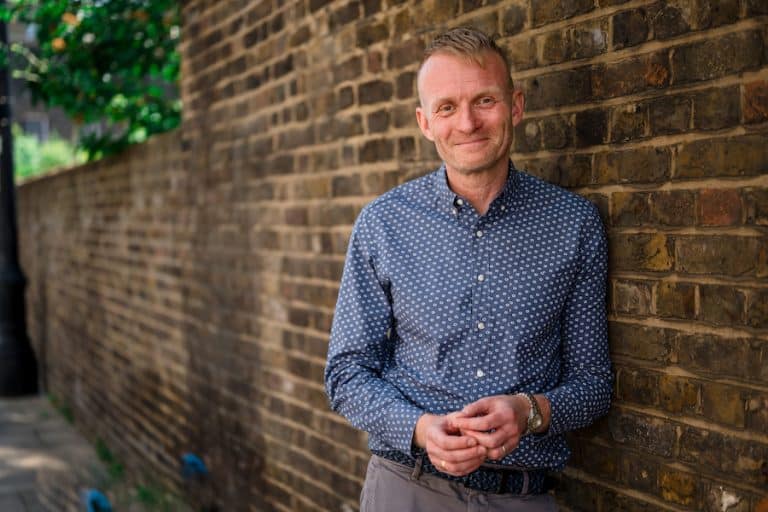Mapping Manchester’s diverse language landscape
- Written by Emily Oldfield
- Last updated 8 years ago
- Community, Culture

Now you cannot only hear the language diversity in Manchester, you can see it too. That’s because a team of researchers from The University of Manchester have created a map which shows hotspots in the city where more than one language is in common use.
It is part of the LinguaSnapp project, creating a multi-lingual map which can be accessed online. It allows users to search for the prevalence of different languages across different districts of Manchester – more relevant than ever in our multicultural city, where it is estimated that more than 50% of adults speak more than one language.
The way the map is created allows it to keep on growing too. Using the LinguaSnapp app, it started off with researchers surveying signs, noticeboards, posters, leaflets and more, across the city’s public space – anything displaying text – which included other languages in addition to English.
The app allowed the team to take pictures of the items, add their locations and upload them onto the online map. So far over 1,000 items have been documented – which includes 51 languages and 16 different alphabets.

You can add to the map by downloading the LinguaSnapp app. It means that when you are walking through Manchester, it will allow you to take a photo of any public text you see written in more than one language and it will be uploaded to the map. See a sign written in Chinese as well as English? A leaflet with Arabic text too? Get it snapped.
Professor Yaron Matras from Manchester University who led the project told us why language mapping yields particularly interesting results in Manchester.
“In relation to its size, it’s one of the most diverse cities in the country and one of the most diverse cities in Europe. We have about 100-150 different languages spoken here, and over 50 of those we’ve already documented in public signs in the city – that means that they are used in the commercial sector, in the voluntary sector, in community institutions and in religious institutions, but mainly in small businesses in advertising and marketing across the city.
According to the project’s findings, the most linguistically diverse areas are the Cheetham Hill area in north Manchester and in south Manchester it’s mainly around Longsight, Rusholme, Levenshulme, and parts of Moss Side.
“We also have areas in the city centre,” says Professor Matras. “There’s a large Chinese speaking community there and some areas bordering Salford. Broughton for example and Prestwich to some extent.

The largest number of speakers are for Urdu and Arabic and Chinese, followed by Polish. There are also sizeable communities of speakers of Bengali and Punjabi.”
Manchester City Council has taken up the app, adding it to its online Statistics and Intelligence Hub and aiming to further increase awareness of the city’s language diversity.
This isn’t the first linguistic map of Manchester. Sociolinguists at Manchester Metropolitan University have created the city’s first ‘accent and dialect map’. Participants in creating it were given a blank map of Manchester and asked to draw borders on it to show areas where they thought people spoke differently. They were also asked to provide words to describe the accents/dialect of the places they identified – so it could be ‘posh’, ‘broad’, ‘rough’ etc. – whatever they thought appropriate.
The results have been combined into a final map of Manchester which shows five clear dialect areas and words to describe these dialects most commonly based on social stereotyping of the people who speak them. Words used to describe north Manchester accents were ‘rough’, ‘poor’, and ‘broad’, the central area on the map was described by words such as ‘multicultural’, ‘metropolitan’ and ‘diverse’, whilst south Manchester accents were described as ‘posh’, ‘well spoken’, and ‘good’.
For more information on the LinguaSnapp project click here
You can find the ‘accent and dialect map’ online here
- This article was last updated 8 years ago.
- It was first published on 7 December 2016 and is subject to be updated from time to time. Please refresh or return to see the latest version.
Did we miss something? Let us know: [email protected]
Want to be the first to receive all the latest news stories, what’s on and events from the heart of Manchester? Sign up here.
Manchester is a successful city, but many people suffer. I Love Manchester helps raise awareness and funds to help improve the lives and prospects of people across Greater Manchester – and we can’t do it without your help. So please support us with what you can so we can continue to spread the love. Thank you in advance!
An email you’ll love. Subscribe to our newsletter to get the latest news stories delivered direct to your inbox.
Got a story worth sharing?
What’s the story? We are all ears when it comes to positive news and inspiring stories. You can send story ideas to [email protected]
While we can’t guarantee to publish everything, we will always consider any enquiry or idea that promotes:
- Independent new openings
- Human interest
- Not-for-profit organisations
- Community Interest Companies (CiCs) and projects
- Charities and charitable initiatives
- Affordability and offers saving people over 20%
For anything else, don’t hesitate to get in touch with us about advertorials (from £350+VAT) and advertising opportunities: [email protected]

New year clean-up brings neighbours together to remove 500kg of rubbish from our streets

Champion of LGBTQ+ voices scores an MBE for ‘groundbreaking work’

Coronation Street’s Laura Littlewood talks theatre, community and comedy

Best bars and pubs to watch the football and live sport in Manchester

The very special toy shop where parents don’t pay a penny is open – and busier than ever















